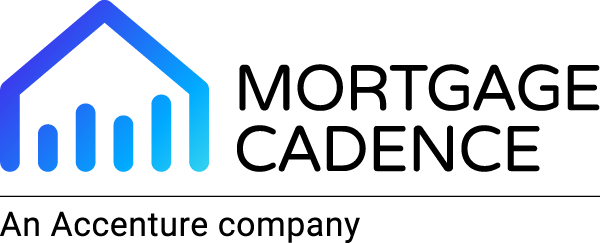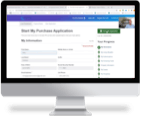What is a Reverse Mortgage?
A reverse mortgage is a loan available to homeowners 55+ years or older that allows them to convert (borrow) a portion of the equity in their homes into cash. Reverse mortgages were conceived to help older homeowners use the accumulated wealth in their homes for whatever they want. There is no restriction on how reverse mortgage proceeds can be used. As a result, an increasing number of older homeowners are using reverse mortgages as part of a comprehensive retirement plan to enhance their financial security. The loan is called a reverse mortgage because instead of making monthly payments to a lender, as with a traditional mortgage, the lender makes payments to the borrower. The borrower is not required to pay back the loan until the home is sold or otherwise vacated. If the borrower lives in the home, they are not required to make any monthly payments towards the loan balance. However, the borrower must continue to remain current on property taxes, homeowners insurance, and homeowners association dues (if applicable).
Homeowners can choose to receive reverse mortgage funds in a variety of ways, including a single lump sum payment, tenure payments, term payments, or structure the funds in a line of credit (the most popular option), allowing them to draw whatever amount of money they need whenever they may need those funds. The amount of how much an older homeowner qualifies for is based on 3 criteria. The age of the youngest borrower or non-borrowing spouse, the home’s appraised value, and prevailing interest rates. Generally speaking, if the borrower is older, has more equity in their home, and rates are lower, they will be approved for a larger amount.
Typically, reverse mortgages are easier to qualify for since underwriting guidelines tend to be a little more forgiving. Like all mortgages, reverse mortgages have typical loan costs associated with them like an appraisal fee, counseling fee, and an origination fee to name a few. The amortization schedule for a reverse mortgage is unique because it is a negatively-amortizing loan. Since the loan is repaid all at one time and (usually) only when the last borrower or non-borrowing spouse leaves the home, the loan balance for a reverse mortgage will increase over time. This contrasts with a traditional “forward” mortgage, where the loan balance decreases evenly over time and eventually disappear as a result of making monthly payments.
Finally, when it comes to the repayment of the reverse mortgage, the homeowner or their heirs pay for said balance with the money from the sale or refinance of the home. Like most loans, payoff the balance and any remaining equity belongs to the homeowner(s) or the heirs.
How Does One Qualify?
Reverse mortgage counseling is required by each state. Reverse mortgage “counseling” is not therapeutic or psychological counseling. It is most comparable to tutoring, extra help in understanding something that can seem complicated due to all the details. The counselor will go over much of the same information provided by a lender. Additionally, at least 1 borrower must be 55 years or older, only primary residences are eligible; in other words, borrowers must live in the home (no second homes, vacation homes, etc.), and must undergo a financial assessment that is very similar to a traditional “forward” mortgage i.e. income, credit, & expense analysis.
What Kind of Reverse Mortgages Are There?
Currently there are two types of reverse mortgages available.
The home equity conversion mortgage (HECM) is the most common type of reverse mortgage and is federally insured by the Department of Housing and Urban Development (HUD/FHA). At least one borrower must be 62 years or older to qualify.
The proprietary reverse mortgage is offered and backed by a mortgage lender. At least one borrower must be 55 years or older to qualify. Proprietary reverse mortgages tend to provide higher lending limits (i.e. you can borrower more) which can be beneficial for high-value homes.
Forward mortgages and reverse mortgages both offer benefits, but in different ways. Reverse mortgages are used by older homeowners to unlock equity in their homes without obligations to make payments to the lender. Reverse mortgages, like all mortgages, are a complex financial product. If you are considering a reverse mortgage, be sure you understand how it works by contacting an experienced lender or visiting the HUD/FHA website.



